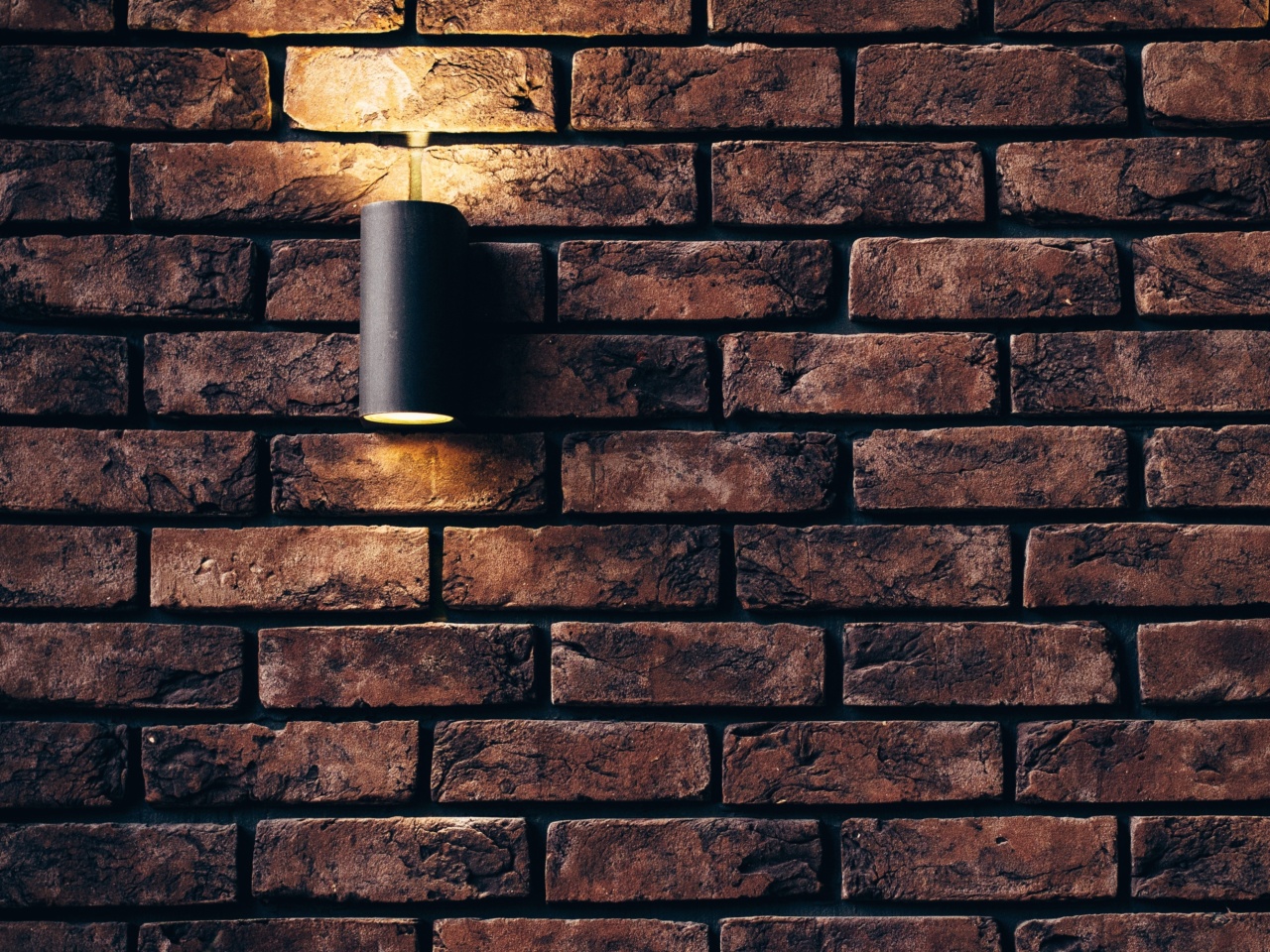Glaucoma is a chronic eye condition characterized by damage to the optic nerve, leading to progressive vision loss.
It is often associated with an increase in intraocular pressure (pressure inside the eye), which can cause irreversible damage if left untreated. Living with glaucoma can be challenging, as the symptoms can vary and the condition requires ongoing management. However, with the right knowledge and care, individuals with glaucoma can lead fulfilling lives.
This article explores the symptoms, solutions, and strategies that can help people better cope with glaucoma.
Understanding Glaucoma
Glaucoma is a complex eye disease that affects millions of people worldwide. It usually develops gradually and is often without symptoms in the early stages, which can make it difficult to detect.
As the disease progresses, various symptoms may manifest, including:.
Symptoms of Glaucoma
1. Gradual loss of peripheral (side) vision
2. Tunnel vision
3. Blurred or hazy vision
4. Halos around lights
5. Severe eye pain
6. Headache
7. Nausea and vomiting
8. Eye redness
9.
Eye fatigue
10. Difficulty adjusting to different lighting conditions.
Types of Glaucoma
Glaucoma can be categorized into several types, including:.
1. Primary Open-Angle Glaucoma (POAG)
This is the most common type of glaucoma, accounting for approximately 70-90% of all cases. POAG occurs when the drainage canals in the eye become less efficient over time, leading to increased intraocular pressure.
It often develops gradually and painlessly, resulting in the gradual loss of peripheral vision.
2. Angle-Closure Glaucoma
Angle-closure glaucoma occurs when the drainage angle in the eye becomes completely blocked, causing a sudden increase in intraocular pressure.
This type of glaucoma requires immediate medical attention, as it can result in rapid vision loss and severe eye pain.
3. Normal-Tension Glaucoma
Normal-tension glaucoma is characterized by optic nerve damage and visual field loss, despite having normal intraocular pressure readings.
The exact cause of normal-tension glaucoma is still not fully understood, but it is believed to result from poor blood flow to the optic nerve.
4. Secondary Glaucoma
Secondary glaucoma is caused by an underlying medical condition, such as diabetes, eye trauma, or certain eye surgeries. It develops as a result of increased intraocular pressure or impaired drainage of aqueous humor, the fluid that nourishes the eye.
Managing Glaucoma
Although glaucoma cannot be cured, it can be effectively managed to slow down the progression of the disease and preserve vision. Treatment options may include:.
1. Medications
Eye drops or oral medications can be prescribed to lower intraocular pressure and prevent further damage to the optic nerve. Adherence to the prescribed medication schedule is crucial for proper management of glaucoma.
2. Laser Therapy
Laser trabeculoplasty and peripheral iridotomy are two commonly used laser procedures to treat glaucoma.
Laser trabeculoplasty helps improve the drainage of fluid from the eye, while peripheral iridotomy creates a small hole in the iris to relieve pressure.
3. Surgical Interventions
When medications and laser therapy fail to control intraocular pressure, surgical interventions like trabeculectomy, tube shunt surgery, or minimally invasive glaucoma surgery (MIGS) may be recommended.
These procedures aim to enhance drainage and reduce pressure inside the eye.
Lifestyle Modifications
In addition to medical interventions, certain lifestyle modifications can positively impact glaucoma management:.
1. Regular Eye Exams
Routine eye examinations are crucial for early detection and monitoring of glaucoma. Regular visits to an eye care professional help ensure timely adjustments to the treatment plan, if necessary.
2. Healthy Diet
A well-balanced diet rich in fruits, vegetables, and omega-3 fatty acids can promote eye health. Foods like leafy greens, fish, and nuts are particularly beneficial for glaucoma patients.
3. Exercise
Engaging in regular physical activities, under the guidance of a healthcare professional, can improve overall health and blood flow, potentially reducing the risk of glaucoma progression.
4. Stress Management
Chronic stress can impact intraocular pressure. Incorporating stress-reducing techniques like yoga, meditation, or deep breathing exercises into daily routines may be beneficial.
Support and Coping Strategies
Living with glaucoma can be emotionally challenging, but there are several coping strategies that can help:.
1. Seek Support
Connecting with other individuals who have glaucoma or joining support groups can provide emotional support and valuable insights into managing the condition.
2. Educate Yourself
Learning about glaucoma, its treatment options, and available resources can empower individuals to take control of their eye health and make informed decisions.
3. Enhance Independence
Adapting the living environment by improving lighting conditions, reducing trip hazards, and using assistive devices like magnifiers can enhance independence and reduce the impact of vision loss.
Conclusion
Living with glaucoma may present challenges, but a proactive approach to managing the condition can significantly improve quality of life.
Regular eye check-ups, adherence to prescribed medications, and implementing healthy lifestyle modifications are key to slowing down the progression of glaucoma. Additionally, seeking support, educating oneself, and adopting coping strategies can help individuals navigate the emotional aspects of living with a chronic eye condition.


























